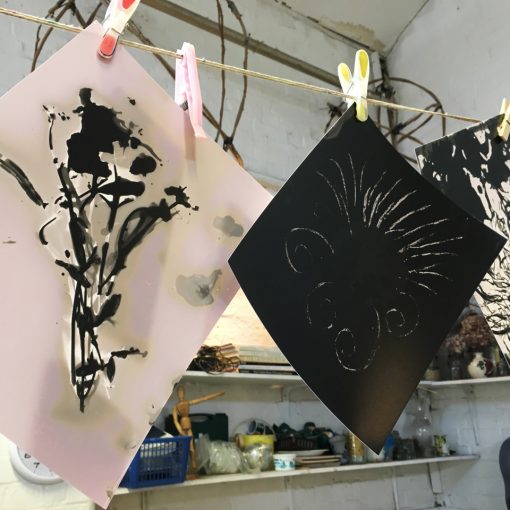Retouching is normally done to remove blemishes from the negative or the final print. It can also be used to change the tone or remove unwanted detail. As retouching can be difficult, care is required.
ADVICE FOR RETOUCHING
The most risky retouching techniques involve removing parts of the image, by bleaching, cutting, or scraping with the edge of a sharp knife. The addition of density is generally less risky, and can be done using dye, paint etc, or a suitable soft pencil. When retouching prints from old and damaged negatives, professionals often use airbrushes. Photographic dealers generally stock kits of suitable materials.
It is best to avoid retouching small format negatives, and to work on the print instead whenever possible. Large format negatives can be retouched more easily – but if you ruin a negative, it is gone for ever, so unless you are experienced at retouching, it is advisable to make a copy and retouch that.
When adding density, it is best to use several successive applications of dye (etc), rather than to risk adding too much. Use dye to add density to glossy prints, and poster paint to add density to matt prints.
Do not use a knife to scrape a glossy print as the surface finish is all but impossible to restore. We’d also advise against using a knife at all any RC papers, no matter what the surface finish. The emulsion layer is thin, and any cutting or scraping is certain to distort the resin coating on the base.
Clear spots on the negative will print black. We’d suggest turning them into opaque spots with a tiny dot of paint. This will then print as white, and you can add density on the print. Increasing the print density if much easier than decreasing it.




